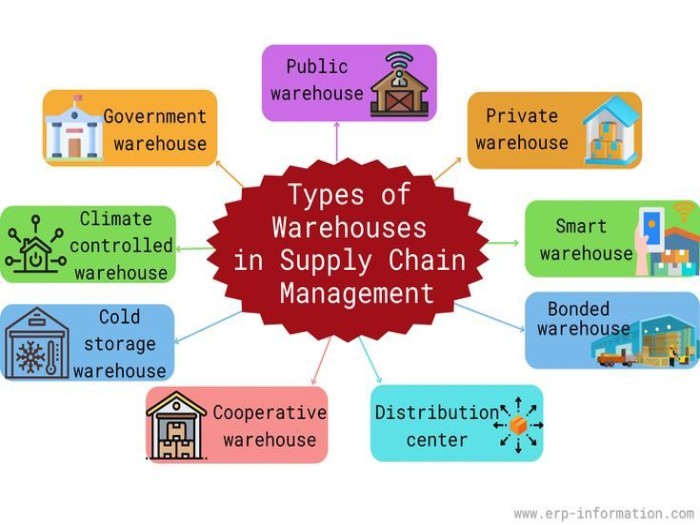
Types of Warehouses in Supply Chain Management: A Comprehensive Guide
Welcome to Kapoor Diesels' comprehensive guide on the various types of warehouses in supply chain management. As experts in the field, we understand the critical role warehouses play in optimizing supply chain operations. Whether you're new to the industry or looking to expand your knowledge, this guide will provide valuable insights into the different types of warehouses and their functions.
Introduction to Warehousing in Supply Chain Management
Warehousing is an integral part of the supply chain process, serving as storage and distribution centres for goods. Efficient warehouse management ensures timely delivery of products to customers while minimizing costs and maximizing productivity. Understanding the different types of warehouses allows businesses to tailor their strategies to meet specific needs and demands.
Types of Warehouses
1. Distribution Centres
Distribution centres are hubs for receiving, storing, and distributing goods to various destinations. They are strategically located to optimize transportation routes and minimize delivery times. Distribution centres often employ advanced technology, such as automated storage and retrieval systems, to streamline operations and improve efficiency.
2. Fulfilment Centres
Fulfilment centres are specialized warehouses designed for e-commerce businesses. They handle the picking, packing, and shipping of online orders, often employing technology-driven processes for efficiency. Fulfilment centres play a crucial role in meeting the demands of online shoppers for fast and accurate delivery.
3. Cold Storage Warehouses
Cold storage warehouses are specialized facilities equipped with refrigeration or freezing systems to maintain specific temperature conditions for perishable goods. They play a crucial role in preserving the quality and safety of temperature-sensitive products, such as food, pharmaceuticals, and chemicals.
4. Cross-Docking Facilities
Cross-docking facilities facilitate the direct transfer of goods from inbound to outbound transportation vehicles with minimal or no storage time. They streamline the supply chain by bypassing traditional warehousing processes, reducing inventory holding costs and order fulfilments times.
Conclusion
In conclusion, understanding the different types of warehouses in supply chain management is essential for optimizing logistics operations and meeting customer demands. Whether it's maximizing efficiency with distribution centres, catering to e-commerce needs with fulfilments centres, ensuring product integrity with cold storage warehouses, or streamlining processes with cross-docking facilities, each type serves a unique purpose in the supply chain ecosystem. By leveraging the right warehouse solutions, businesses can enhance their competitiveness, improve customer satisfaction, and drive success in today's dynamic market landscape.
For more insights and expert guidance on warehouse management and supply chain optimization, contact Kapoor Diesels today!